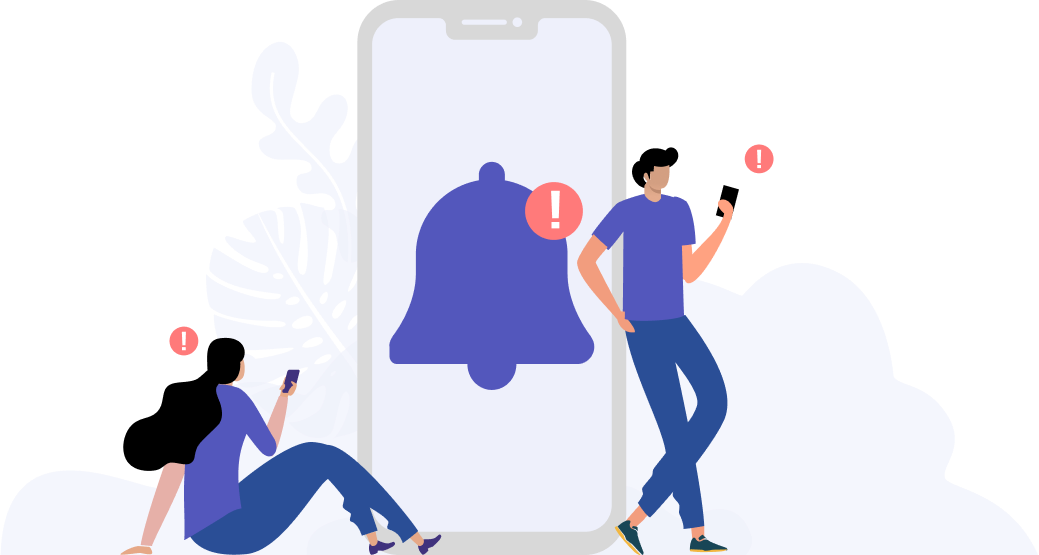Why your Smartphone can be a Pain in your Neck

On every bus or train, at every café or restaurant and even while crossing the street or walking on the footpath, we see people looking down, hunched over their smart devices, their necks contorted into unnatural postures while they scroll away, lost in the digital world on their phone screens.
Considering how pervasive this scene is, it should come as no surprise that the incidence of device-related musculoskeletal disorders is on the rise, with some of the most common symptoms being neck and shoulder pain as well as stiffness or pain in the thumb, affecting up to 60% of smartphone users. You might have noticed these symptoms yourself without paying too much attention to them: you sit huddled over your screen for an extended period of time, only to look up and realise your shoulders hurt or your neck has started to feel tight, or your thumb is tender and aching after scrolling through Instagram for a few too many minutes.
These kinds of symptoms are all too easy to dismiss as just normal aches and pains, but they are ignored at your own peril.
The postures and movements that we engage in when using our devices may actually be causing us serious long-term harm. In fact, these issues are becoming so pervasive and problematic, that ‘text neck’ and ‘smartphone thumb’ are now common terms used to describe them by health care professionals.
‘Text neck’ and ‘smartphone thumb’
How do these afflictions develop? The former occurs when device users slouch and bend their heads down and forward during long periods of smart device use. Text neck leads to rounded shoulders, tenderness, stiffness, soreness and weakness in the neck, back and shoulder muscles, as well as reduced neck mobility. ‘Smartphone thumb’ on the other hand is a type of tendinitis caused by the repetitive motion of typing on a flat smartphone screen, which affects the wrist joint and causes pain around the thumb.
How does your posture impact your spine and neck?
Think about how often you stare down at your phone every day. Of these instances how many times do you look at your screen using the correct posture? The degree of neck tilt directly scales with the force applied to the cervical spine, so a poor neck tilt angle and prolonged time in this position may lead to strain and discomfort.
The figure above illustrates the amount of weight experienced by the neck with respect to the neck tilt angle, i.e. an increase in neck tilt angle leads to higher weight and pressure on the neck, increasing the susceptibility of the neck and spine to pain and abnormalities. Some people may experience temporomandibular joint dysfunction, which is a very painful condition that affects the jaw. The severity and duration of these symptoms may increase with the amount of time spent on smart devices.
The solution?
Practice good posture habits and use these quick ergonomic tricks to ensure that you are using your screens in a healthy way.
Ultimately, we need to realise that the consequences of excessive screen time are debilitating. As we shift towards an increasingly digitalised world and spend more time on our smart devices, we become naturally inclined to gaze downwards for a prolonged period of time. This behaviour will irrevocably bring with it an array of postural and musculoskeletal problems, which may even cause the wear and tear degeneration of the cervical spine in the long run.
The best way we can address this is to develop a more responsible relationship with our screens and remember that while screens are here to stay, our lives do not have to revolve around them. In fact, we need to wake up to the fact that our unhealthy obsession with our screens are at the heart of our productivity and health problems and address them immediately!
Tools Designed for Healthier Eyes
Explore our specifically designed products and services backed by eye health professionals to help keep your children safe online and their eyes healthy.





